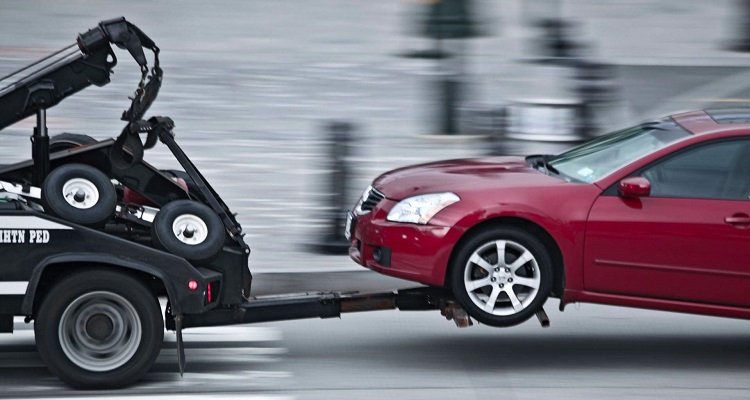Traffic jam is a way of life, but these longest traffic jams in history stand above the rest as the worst ever. You might think holiday traffic jam over here might be bad, but imagine sitting amidst a sea of cars spread across lanes of congestion, brought to a standstill for hours on end. As shocking as that spectacle is, that’s not even close to being worst highway congestion. We’re featuring a look back at what are arguably the worst tie-ups of all time from across the globe:
(1) Chicago Traffic jam, Illinois- February 2011
Being stuck in traffic is bad enough; being stuck in traffic in white-out conditions and freezing temperatures as snow piles up to your windshield is downright scary. As drivers abandoned their cars in the cold for their own safety, Lake Shore Drive became a car graveyard. Over 20 inches of snow fell on the Windy City on February 1, 2011 in a mid-winter blizzard that hit during the evening rush hour. The most unfortunate commuters were those headed northbound on Lake Shore Drive, where traffic was slowed, then halted, stranding motorists for more than 12 hours in drifting snow that reached almost as high as the cars’ windshields.

(2) Beijing, China- August 2010
Imagine being trapped in a 62-mile long traffic jam that lasted for an incredible 12 days. That just what happened to the poor folks attempting to traverse the Beijing-Tibet expressways in August of 2010, for which the trip took as long as three days. A hassle to most, the traffic jam gave birth to a mini-economy with local merchants capitalizing on the drivers by selling water and food such as instant noodles at inflated prices. Some drivers passed time by playing cards, while others were victims of theft and extortion from the local residents.

(3) East and West Germany- April 1990
Coming in as the biggest traffic jam in history when recorded by the number of cars, on April 12, 1990, an estimated 18 million cars were knotted up at the East-West border in Germany. To put the numbers in perspective, on an average day only about 50,000 vehicles hit the highway each day. Likely a pain in the butt for any of the 18 million drivers at the time, the traffic jam did have a pretty good reason behind it. At the same time, Germany was going through its reunification period in which East and West Germany became one.

(4) Woodstock, New York- August 1969
This three-day tie-up over August 15-18, 1969 was caused by more than 500,000 revelers descending on Max Yasgur’s famous farm for the Woodstock Music & Arts Festival. The New York Thruway became a stranglehold for more than 20 miles, with many eventually abandoning their cars and hoofing it to enjoy “three days of peace and music.” Performers had to be flown to and from the site in helicopters.

(5) Paris, France- February 1980
What happens when hundreds of people are returning from their ski holidays in France? The longest traffic jam on record. According to Guinness World of Records, the longest traffic jam reported in history was 109 miles long, spanning from Lyon to Paris on February 16, 1980. The jam occurred on the French Auto-route as a result of highway congestion and poor weather.

(6) Houston, Texas- September 2005
With Hurricane Rita approaching Houston, residents were told to evacuate on September 21, 2005, with as many as 2.5 million of them creating a massive 100-mile queue on Interstate 45. The congestion reportedly lasted for as much as 48 hours, leaving motorists stranded for as long as 24 hours along the 300-mile route from Galveston to Dallas. Though oppressive, the mass evacuation likely saved many lives.
Error: Contact form not found.
(7) Tokyo, Japan- August 1990
The biggest traffic jam in the history of Japan included over 15,000 cars. On August 12, 1990, vehicles packed the highways both to return from the summer holiday and due to Typhoon Winona. The traffic jam made an already congested area spanning 84 miles even worse as families and travelers dealt with the chaos of the situation. Though notable, this is only just over double the normal traffic load of the highways outside Tokyo, which, due to their 18th century design, can become overloaded as far as 30-40 miles outside the city. (Source- Internet)






